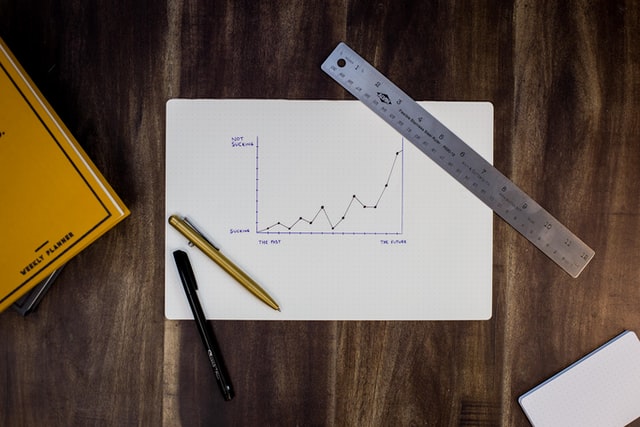In today’s digital age, data is everywhere. From social media engagements to website traffic, buyer behavior, and plenty of other stuff, it’s all about munching and processing the data. According to one report, in 2020 1.7MB of data was generated each second for every person. These are massive numbers and for businesses to be able to analyze and process this vast volume of data, they need special analytics platforms. However, not all analytics are equal and while many analytics are based on what has already occurred, predictive analytics is one way of processing the historical data and analyzing the past trends to predict the future.
Well, in this blog we will be looking at how predictive analysis can accelerate the growth of businesses. So, let’s get started!
Read our guide on best predictive analytics examples
Predict Customer Behavior
Prediction of customer behavior has always remained little more than a guessing game, that’s before the advent of modern analytics techniques. Earlier marketers had to rely on their intuitions to assess how a group of customers may act/respond to their specific actions (for instance, offering a 10% discount, etc.). Back then the only way for marketers was to conduct experiments.
Today, predictive analytics has changed that equation for marketers. The technique offers marketers powerful tools that do a far better job than their random experimentation or guessing game. By using advanced algorithms to analyze and process massive volumes of data, the powerful algorithms are able to accurately map customer’s responses to specific actions. In fact, predictive analytics may also help recommend specific actions for the target audience to improve conversion rates for businesses.
Personalized Messaging
Content may have long been termed as the King in digital marketing, however, the massive volume of content being generated today is a real challenge for marketers. Given the oversaturation of the platforms, today producing content is no longer enough for marketers to achieve desired results. They need to improvise, personalize and customize the content to target potential customers; based on customers’ preferences, pain points, and interests.
With predictive analysis, it’s easier for marketers to gain insights into the preferences, and buying behavior of customers. This subsequently helps them to create and distribute customized content to the right customers. Moreover, predictive analytics also help marketers determine the optimal frequency, as well as, recommends the best time for email marketing, and social media posts by analyzing the customers’ previous interactions.
Predictive analytics combined with marketing automation help businesses generate the holy grail of personalization, where they can target each customer group individually precisely customized to their preferences.
Intelligent Recommendations
A common mistake made by marketers is to concentrate excessively on generating new leads while neglecting to hang on to the existing customers. According to research, gaining new customers is 4x more expensive as compared to retaining existing clientele. With predictive analytics, businesses can upsell, and cross-sell products/services to existing customers to increase the average business transactions. This is achieved by recommended customers with similar products/services as their previous purchases. This strategy was mastered by Amazon with the “You may also like” feature, which has been so effective that today it’s a must-have feature for all ecommerce websites.
The content recommendation systems use customers’ past buying patterns, and preferences to create interest profiles. These profiles subsequently are used by ad platforms to deliver targeted ads to customers based on their interest data, demographics, and other details. Predictive analysis algorithms remain central to these recommendation systems and are widely used by ecommerce businesses to improve clickthrough rates with relevant suggestions.
Dynamic Pricing
Dynamic pricing is yet another high-utility predictive analytics application that enables online stores to offer dynamic pricing for products/services in real-time. The ultimate aim of dynamic pricing is to maximize the likelihood of purchase for stores.
The predictive analytics used in dynamic pricing tools process various variables including customers’ behavior, available inventories, market demand, financial targets, competitor’s pricing, and others to forecast the highest price customers will be willing to pay for a certain product/service.
Dynamic pricing has become a crucial tool for ecommerce businesses to generate more leads and remain competitive in the market with the strategic price difference. It also ensures that businesses don’t leak money by underselling products and services, for which consumers are likely to pay a higher price.
Predictive Analysis — Weeding the Guesswork for Businesses!
Predictive analytics gives businesses the ability to weed out the guesswork from marketing. Today, predictive analytics tools are helping marketers in numerous ways to improve campaign performance, gain more leads, and accelerate growth. It enables marketers to accurately predict consumers’ behavior and strategize better campaigns to achieve higher growth.









